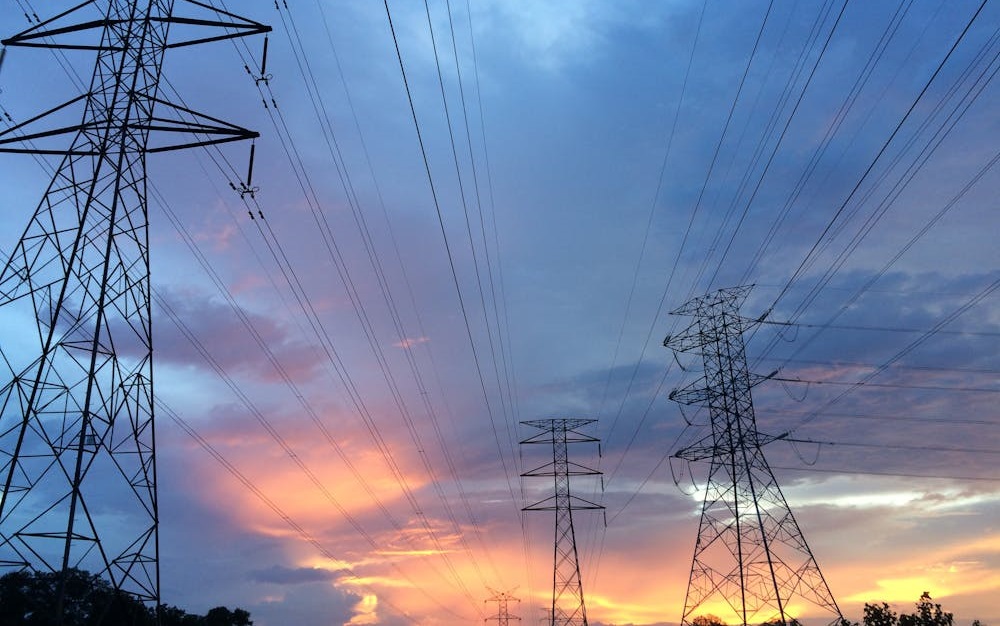Q: What is voltage drop?
Voltage drop is at it’s most basic a reduction in the power supplied as electricity passes through electrical components like wiring, contacts and conductors. These components increase resistance in the electrical current and can reduce the amount of voltage arriving at the end usage point of the circuit.
All electrical currents are experiencing some amount of voltage change or drop and they travel through the overall electrical system but in most cases, these changes do not impact the function of the system. Voltage drop becomes a problem when there is too much resistance along the line and the system can no longer deliver the required amount of voltage.
Voltage drop can result in circuits and equipment simply not working or being damaged. Motors, power tools and other equipment may burn out or be damaged by low voltage operation. It can also waste energy by heating wiring which will add to your power bill.
Are voltage drop and low voltage the same issue?
The answer here is yes. Low voltage is a relative term that can mean the voltage coming from the power company, generator or solar is lower than needed. It can also mean that a part of your system has lower voltage on purpose like your doorbell wiring or internet lines.
Fire hose analogy:
Think about putting out a fire. Firemen use large diameter hoses for a reason, often 2-4” wide, these allow them to deliver a huge amount of water to the burning structure. If the fire hose was connected to a regular garden hose halfway to the house the amount of water is greatly reduced. They may still have great water pressure but the smaller hose has increased resistance and results in less water arriving at the end point.
Now imagine laying the hose in a straight line vs. in a curved line with small kinks in it. As the water flows through the kinked line at each turn and kink it must push harder to get through the hose. As electricity flows through a circuit, each connection or conductor element adds a small amount of resistance to the flow of voltage. These small changes add up over distance and result in less overall voltage.
When do you most often see voltage drop?
- Outbuildings: Voltage drop needs to be factored into any wiring going to outbuildings and structures far from the main panel. Distances over 75-100 feet are especially prone to this if the initial installation did not use upsized
- Changes in usage or electrical needs: We see this most often when people have changed how they are using a space. The power requirements for having lights in a shed will change if you convert the space to a workshop with a lot of power tools and equipment, or add a kiln to your pottery space the voltage may not be enough for the new items.
- Pedestal EV chargers: By nature these are located further away from structures and EV chargers have a big electrical draw so are prone to voltage drop if not properly installed.
How do you prevent voltage drop?
- Correct gauge wiring (a bigger hose)
- Dedicated circuits or lines (less kinks and turns)
- Uninterruptible Power Supplies or Voltage Regulators (more common in commercial applications)
Voltage drop isn’t a common issue for most electrical applications but it does occur. If you are looking to add services, be sure you consider the appropriate upgrades required for delivering the correct amount of both amperage and voltage for you needs.
 Scott Cummings leads the team at Dynamic Electric, a Hillsborough-based full service electrical provider for both residential and commercial needs. Dynamic Electric is dedicated to providing quality workmanship, outstanding service, reliable installation and safe repairs or troubleshooting for all their customers.
Scott Cummings leads the team at Dynamic Electric, a Hillsborough-based full service electrical provider for both residential and commercial needs. Dynamic Electric is dedicated to providing quality workmanship, outstanding service, reliable installation and safe repairs or troubleshooting for all their customers.
In “Ask The Electrician,” Scott answers common questions about electrical work, from switches and outlets to safety issues and preventative maintenance. If you have a suggested question for us to answer – or need an electrician – please reach out to our office at (919) 370-0056 or visit our website.



